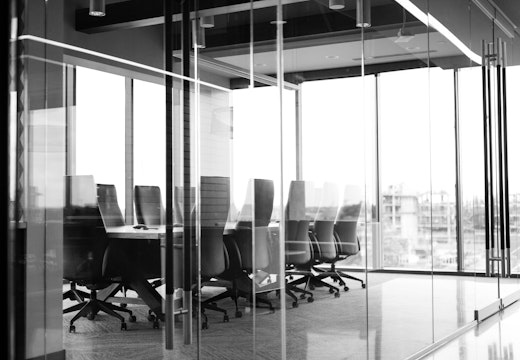Stick or twist: the key technologies for 2020
From the merging capabilities of augmented reality to the flexibility of using personal apps in the workplace, technology is heading in a bold new direction in 2020 according to Condeco
Workplace technology is often considered to be little more than the computer, keyboard and mouse in front of you. However, technology penetrates our working lives from many different angles from collaborating with colleagues to making our tasks more efficient.
With to introduction of so many innovative technologies into the market it is difficult to differentiate the workplace essentials from the niche fads. Below is Condeco’s five-point guide to technology to help navigate through the new technologies of the modern workplace.
Your apps, your way
Many organisations have adopted a BYOD (Bring Your Own Device) policy, but the next wave of workplace personalisation comes in the form of BYOA – Bring Your Own App. Employees are encouraged to use their preferred apps to efficiently transfer files and communicate effectively with their colleagues, giving them a sense of control and flexibility over their work.
Many corporate IT systems are too cumbersome to enable efficient and quick information sharing, so instead, people are turning to BYOA for functions like file-sharing, such as Dropbox, and basic office software (Google Docs and Sheets). But although BYOA gives workers the freedom to use whichever apps best suit them, it isn’t suitable for every business: consider how sensitive data can be secured when shared and used in a BYOA scenario.
Go with the AI workflow
Workflow tools and software are a great way of helping staff get the most out of their days, so long as they’re used properly and to their fullest extent. Often, that means spending a lot of time inputting and updating information within the tools, which can easily put people off.
Artificial Intelligence is set to relieve the burden of keeping on top of workflow tools. Instead of repetitively manually typing in the same data, AI can input data with increased efficiency. AI has the potential to deliver a significant boost to day-to-day productivity.
Meetings to the max
The following meeting-related irritants can all be eliminated through workplace technology:
- Meeting rooms being double-booked
- Video collaboration (VC) tools not being set up
- Lack of food and drink
- Scheduling that doesn’t work for all participants
This is by no means an exhaustive list. What’s more, these issues can all be solved by a single piece of meeting room management software that integrates every element into one holistic platform. So, your shared Excel meeting room schedulers and your calls to IT to sort Skype out will soon be rendered redundant.
Augmented reality that’s a business reality
To many people, augmented reality (AR) and virtual reality (VR) still seem like a bit of a gimmick. Often a ‘showcase’ tool to make organisations appear more progressive than they may be, but advances in the technology can now make a real difference in the workplace.
AR and VR headset functionality is becoming more sophisticated to the point where it can make relevant information in meetings more accessible and digestible. Charts, figures and other data can be projected in 3D onto a conference table. It might sound like a bit of sledgehammer to crack a nut, but if you’ve ever suffered the anguish of trawling through page after page of PowerPoint, you’re bound to appreciate the simplicity AR and VR can bring.
A green light for greener working
Energy use and climate change are such hot topics these days that they are playing a role in how our future workplace technology is being shaped. Businesses want to be as eco-friendly as possible and are looking for solutions that help them do that.
Take flexible working as an example. Allow your staff to work from a mixture of home, office and out in the field, and you don’t need to equip them with a permanent PC and desk-based workstation. You can then deploy a hot desking system in place within your office environment to reduce your total number of workspaces. The knock-on effects are reduced requirements for office equipment, electricity to power fixed computing hardware, and potentially even resources like light and heat. Small changes here – even through something like hot desking software – really can make a big difference.








